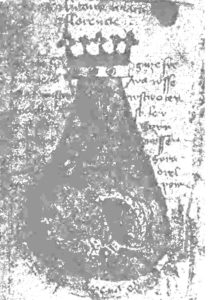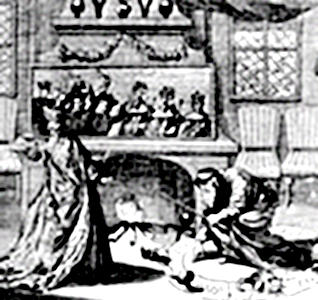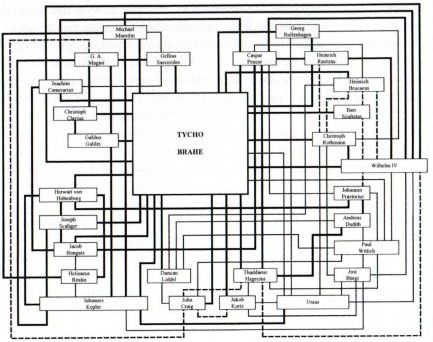My recently-started hunt for the authentic source of the “Anthony z Florencie” manuscript (which popped up at the Rudolphine court) continues. Only one person claims to be a disciple of Antonio of Florence: the early (if not the very first!) Czech alchemist Jan z Lazu / Johann von Laaz / Ioannis Lasnioro / Laznioro / Lassnior. This claim is in the last two sentences of his short book on the Philosopher’s Stone as it appeared in print in 1614, on pages 579 to 584 of the snappily-titled “Theatrum chemicum, praecipuos selectorum auctorum tractatus de chemiae et lapidis philosoplici antiquitate, veritate, jure, praestantia, & operationibus” Volume 4:-
Explicit via universalis Joannis de Lasnioro Lazon. sub Anno millesimo quadringentesimo quadragesimo octavo. Feria Sexta in Vigilia Viti. Ego vero Joannes Lucianus exemplavi diligentia magna anno quadringentesimo. Sit laus almae trinitati & individuae unitati sine fine. Amen.
Hic Joannes superius subscriptus de Lazionoro fuit discipulus apsius Antonij Itali de Florentia oriundi, qui hic in Bohemia propter eam artem Chymicam ab hominibus impiis est trucidatus, prout in Bohemico de lapide Philosophorum scripto testatus ita accidisse.
Basically, it claims that it was Jan z Lazu who wrote this down in 1448, after Antonio of Florence himself had been murdered in Bohemia (as a result of his alchemy).
Bohuslav Balbin in Tractatus II of his Bohemia Docta (Manuscriptorium shelfmark I C 21), claimed to have seen the original 1611 document, “de philosophico Ioannis Lassniori Bohemi opusculum“: and this discussion which in turn was picked up by Jungmann (1825). According to John Ferguson, Jan z Lazu was also discussed both by Schmieder and by Petraeus: while A. E. Waite’s “Lives of Alchemystical Philosophers” (p.291) lists the first date for Lasnioro’s “Tractatus Aureus” as 1612.
However, there are four things I’d say about this:-
- The 1448 date is earlier than the 1457 date actually given in the “True Path of Alchemy“
- The 1611 / 1612 / 1614 date is almost exactly the same time (or perhaps slightly after) when the “Observationes quaedam…” were written, which is hugely coincidental
- To my eye, there appear to be very few obvious similarities between the alchemy presented in this document and the alchemy presented in the “True Path of Alchemy“
- None of it, sadly, rings particularly true.
There are plenty (if not actually a majority) of old alchemy texts that appeal to authority by linking themselves to an older (but unconnected) writer on alchemy – and I suspect that this is precisely the case here, i.e. that Jan z Lazu (if such a person even existed) was entirely unconnected to Antonio of Florence.
Anyway, now that I’ve started to separate all the different documents into historiographical strands, the formerly rather marky picture is beginning to clear. The connection with Vaclav Hanka seems to be a red herring; and similarly for the supposed connection with Jan z Lazu. What we have left appears to be a single issue: whether the “True Path of Alchemy” (marked in red in the following diagram) was the same document that is described in the “Observationes quaedam…”, or whether the versions we now have derive from a version that was concocted between 1606 and whatever date that the Leopold copy (shelfmark III H 11) was made.
As yet, I’m still unclear where all this is headed – but I think we’re making good progress towards getting there. More as it happens… 🙂






